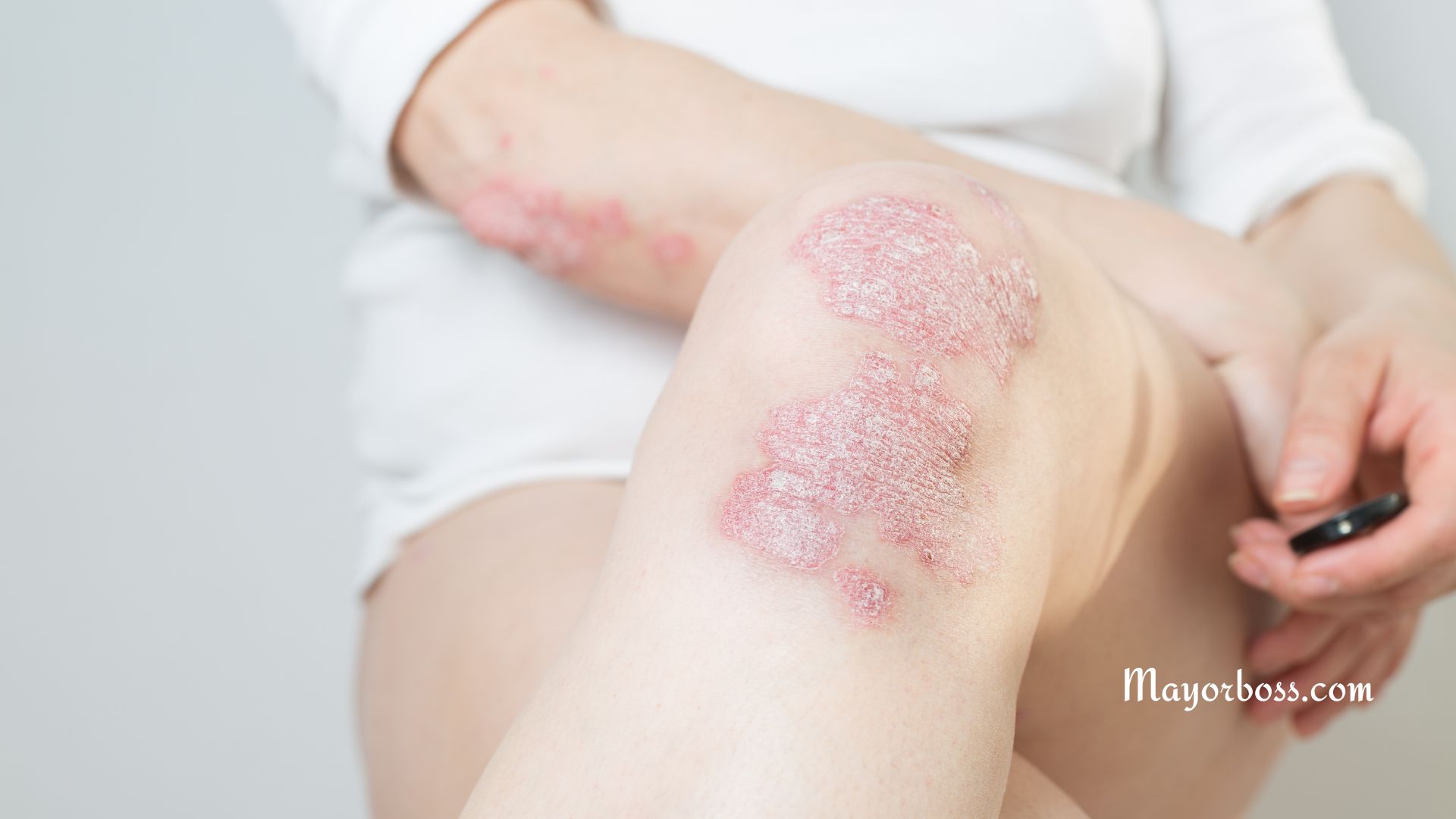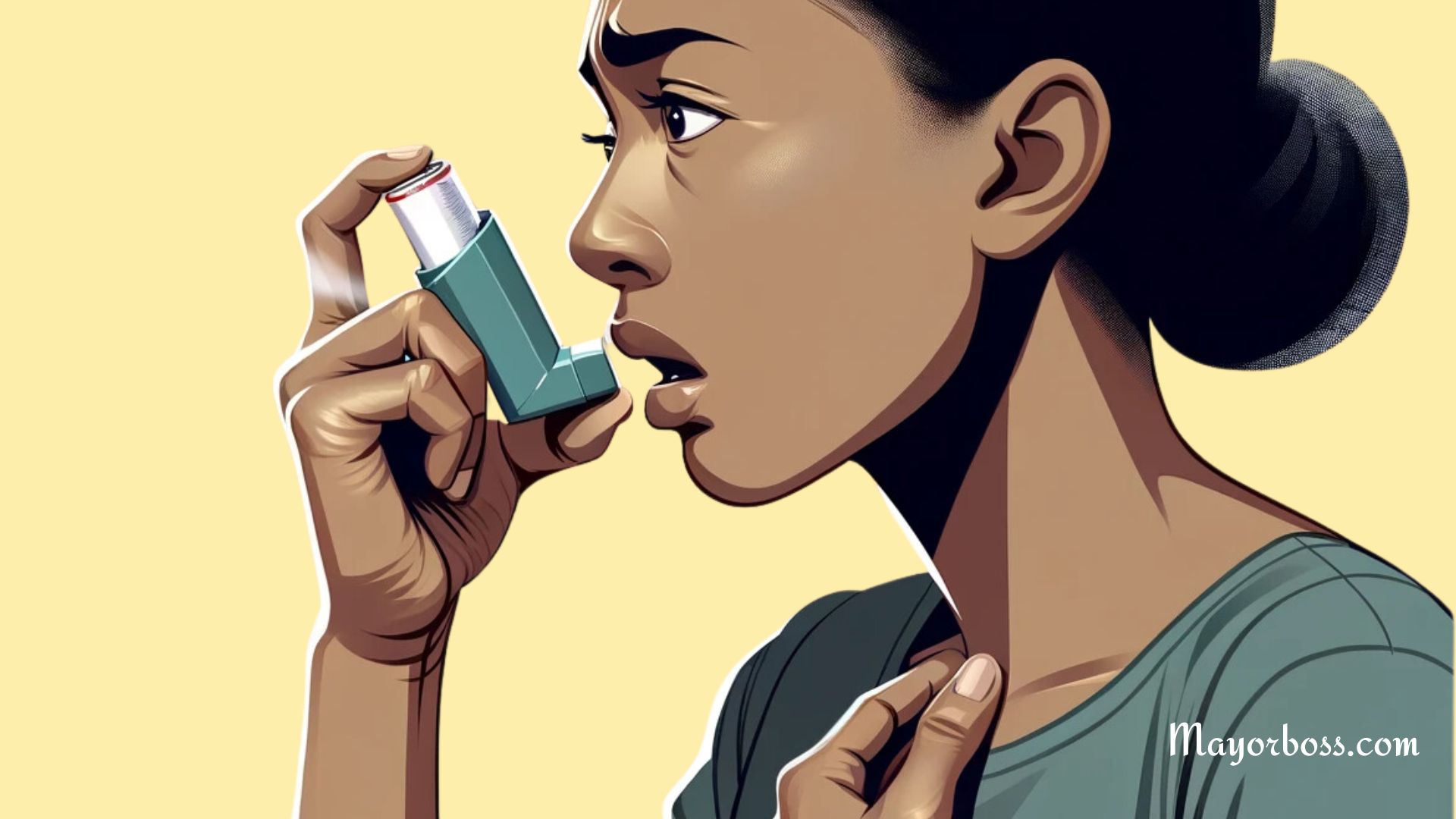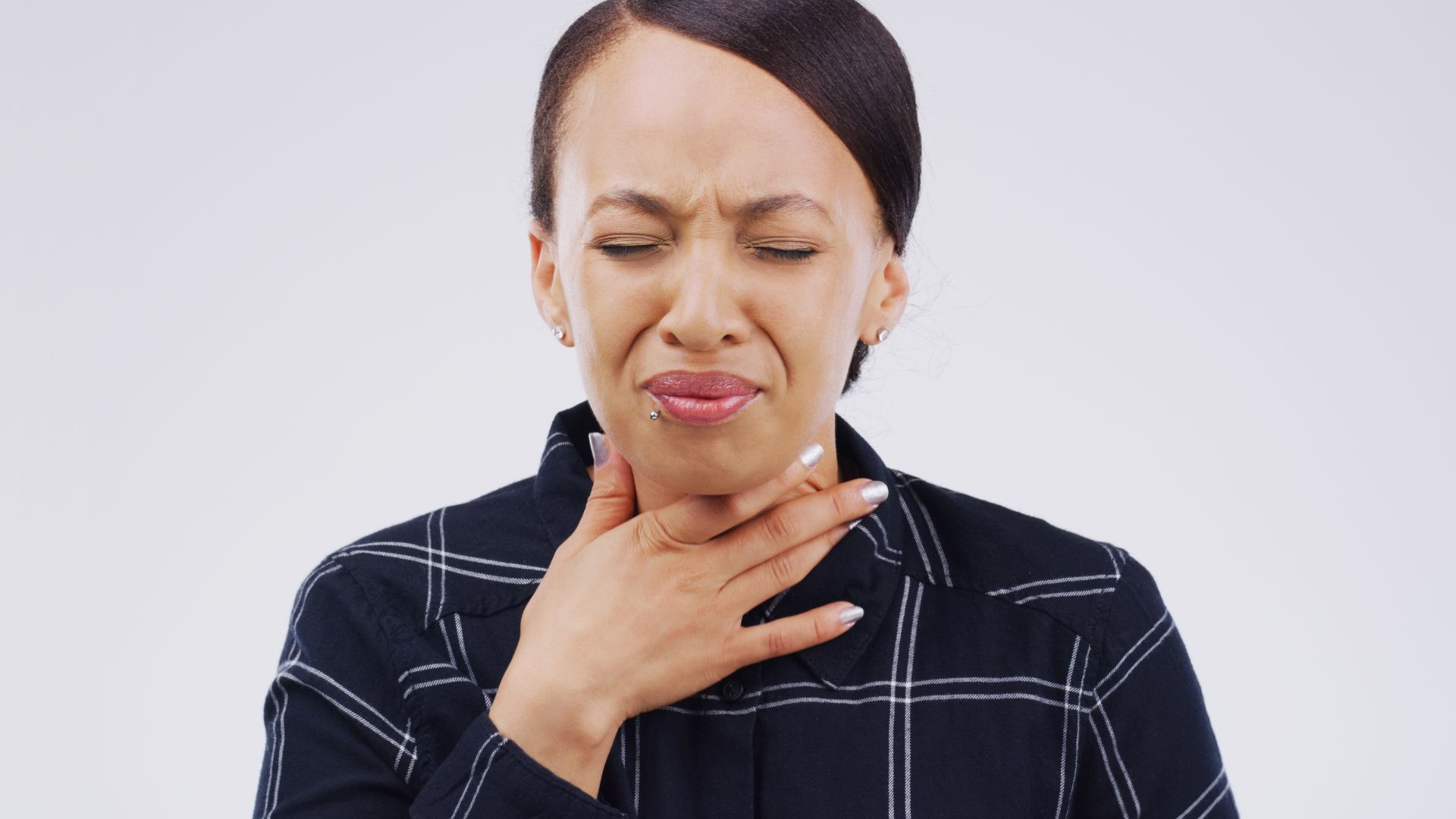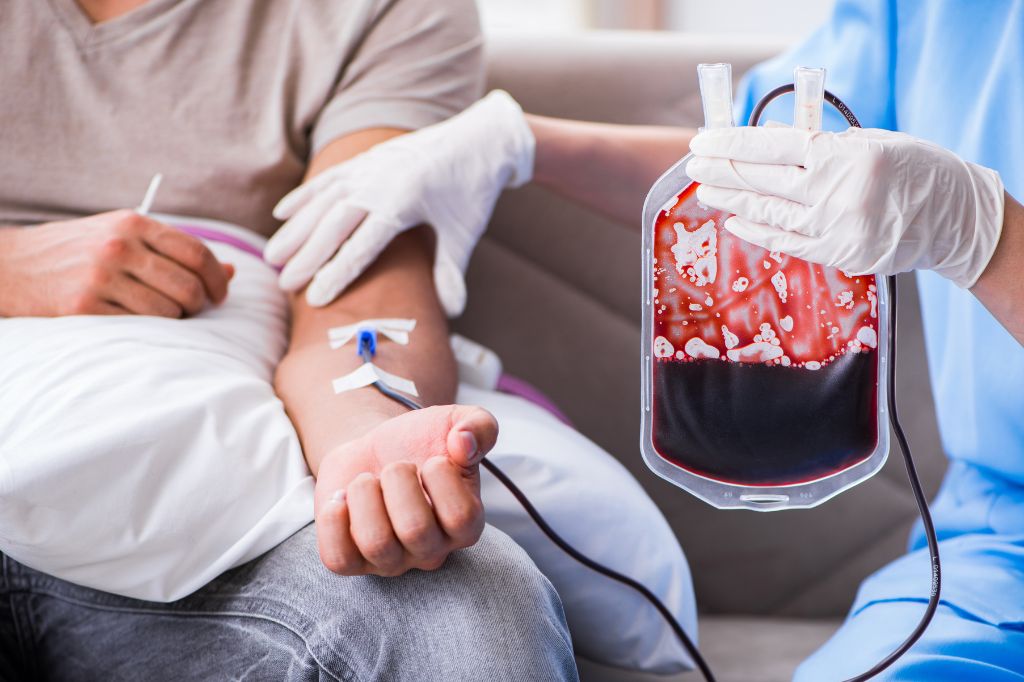What Is Shingles?
What Is Shingles?
Shingles is a viral infection that causes painful skin rashes and blisters, usually on one side of the body. It is triggered by the same virus that causes chickenpox, the varicella-zoster virus. After recovering from chickenpox, the virus can lie dormant in your body and reactivate years later, causing shingles.
What Causes Shingles?
You might wonder why you’re suddenly experiencing this painful rash. Well, shingles are the result of the varicella-zoster virus coming back to life after lying dormant in your nerve cells. If you’ve ever had chickenpox, you’re at risk for developing shingles later in life. Stress, a weakened immune system, and aging can contribute to the virus’s reactivation.
The Role of the Immune System
Your immune system plays a big part in this. A strong immune system usually keeps the virus in check. However, if your immune system takes a hit—maybe you’re sick or stressed—the virus sees an opportunity to wake up and cause a new problem: shingles.
What Are The Symptoms of Shingles?
Look out for these tell-tale signs: You’ll likely feel tingling, itching, or burning on one side of your body or face. A few days later, painful rashes and blisters will appear in that same area. In some cases, you might also experience fever, headache, and fatigue.
The Pain Factor
Does it hurt? Oh, yes. Most people with shingles often describe the pain as intense, sharp, or stabbing. It’s different from other kinds of pain and can be quite distressing.
Further Reading: Symptoms of Shingles
Treatment
So, what can you do if you find yourself dealing with this condition? Fortunately, antiviral medications are available that can shorten the duration of the virus and reduce symptoms. Pain medication and topical creams can also help manage the discomfort.
The sooner you get treatment, the better the outcomes. Clinically proven antiviral drugs like acyclovir, valacyclovir, and famciclovir are most effective when taken within 72 hours of the appearance of the rash.
Prevention: Is it Possible?
Absolutely, you can take steps to reduce your risk of getting shingles. A shingles vaccine is available for people over the age of 50. This vaccine can either prevent the disease altogether or lessen the severity if you do get it.
Examples of Vaccines
The two main vaccines on the market are Shingrix and Zostavax. According to experts, Shingrix is more than 90% effective in preventing both shingles and postherpetic neuralgia, a painful condition that can follow a shingles outbreak.
When to Consult a Healthcare Provider?
If you suspect you have shingles, especially if the rash is near your eyes or you’re experiencing other severe symptoms, consult a healthcare provider immediately. Early intervention is crucial for effective treatment and preventing complications.
Frequently Asked Questions
What Triggers the Varicella-Zoster Virus to Reactivate?
If you’re wondering what causes the dormant varicella-zoster virus to wake up, you’re not alone. Factors such as stress, aging, and a weakened immune system can trigger the reactivation. These elements essentially lower your body’s defenses, giving the virus an opportunity to resurface and cause shingles.
How Long Does a Shingles Outbreak Last?
You might be eager to know when this painful ordeal will be over. Typically, a shingles outbreak lasts 3 to 5 weeks. The cycle starts with tingling and itching, followed by the appearance of the rash and blisters. Finally, the blisters scab over and heal. However, some people experience postherpetic neuralgia, a lingering pain that can last for months or even years.
Are Shingles Contagious?
Good question! Shingles itself is not contagious, but the varicella-zoster virus that causes it is. During an active outbreak, you can spread the virus to people who haven’t had chickenpox or the chickenpox vaccine. So, it’s essential to keep the affected area covered and avoid close contact, especially with infants, pregnant women, and people with weakened immune systems.
What Are the Complications Associated With Shingles?
Sadly, shingles can lead to complications if not treated promptly. Examples of complications include postherpetic neuralgia, a condition causing severe pain long after the shingles rash has cleared. Additionally, if the shingles rash is near your eyes, it can result in vision problems or even permanent blindness. Therefore, early treatment is crucial.
Can I Get Shingles More Than Once?
Yes, you can. While it’s uncommon, some people do experience shingles more than once. Each episode can occur in a different part of your body. If you’ve had shingles before, consult your healthcare provider about getting the shingles vaccine to reduce your risk of future outbreaks.






